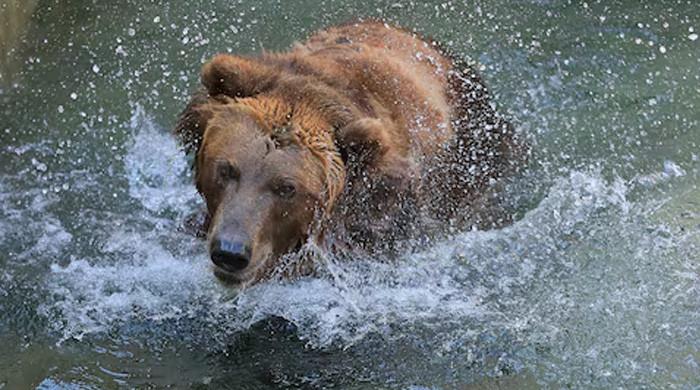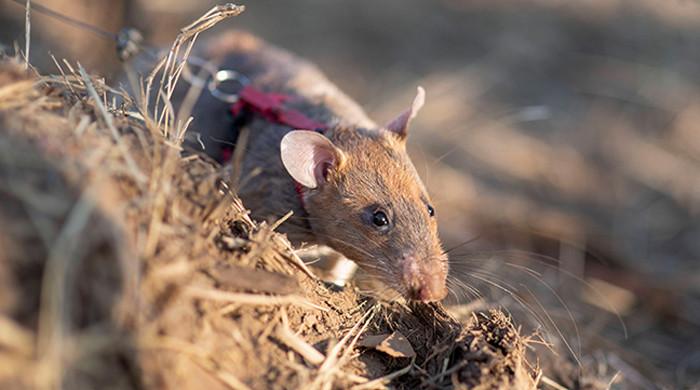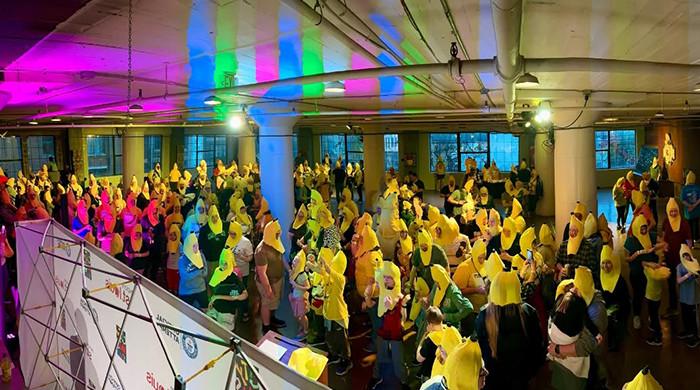SpaceX supply capsule heads back to Earth
WASHINGTON: The unmanned Dragon capsule from US firm SpaceX landed safely in the Pacific Ocean off Mexico´s coast Sunday, hours after undocking from the International Space Station.The fully loaded...
May 19, 2014
The fully loaded vessel -- carrying more than 3,500 pounds (1,580 kilograms) of science samples -- landed smoothly on schedule at 1905 GMT, NASA said on its official Twitter account.
"A boat will carry the Dragon spacecraft to a port near Los Angeles, where it will be prepared for a return journey to SpaceX´s test facility in McGregor, Texas, for processing," the US space agency explained in a statement.
Six hours earlier, the ship had disengaged from the space station´s robotic arm above the Indian Ocean near southern Australia.
The cargo ship had spent 28 days at the orbiting outpost, after arriving on April 20. After three delays, a SpaceX Falcon 9 rocket blasted off with the Dragon capsule from Cape Canaveral in Florida on April 18.
Dragon´s last launch before that had been in March 2013.
NASA is relying on SpaceX and other private firms to replace the Space Shuttles, which were finally retired in July 2011, and had brought supplies and astronauts to and from the space station.
SpaceX has a $1.6 billion contract with NASA for a total of 12 supply missions.
The US space agency has a second $1.9 billion contract to supply the space station with Orbital Sciences Corporation, whose Cygnus capsule completed its first delivery in January 2014.SpaceX, Boeing and Sierra Nevada have also been hired by NASA to develop private space ships capable of transporting people to the space station and other destinations in orbit, with a rollout expected in 2017.
That would end the US dependence on Russia´s Soyuz capsules to transport US astronauts to and from the space station, at a cost of $70 million a seat. (AFP)











